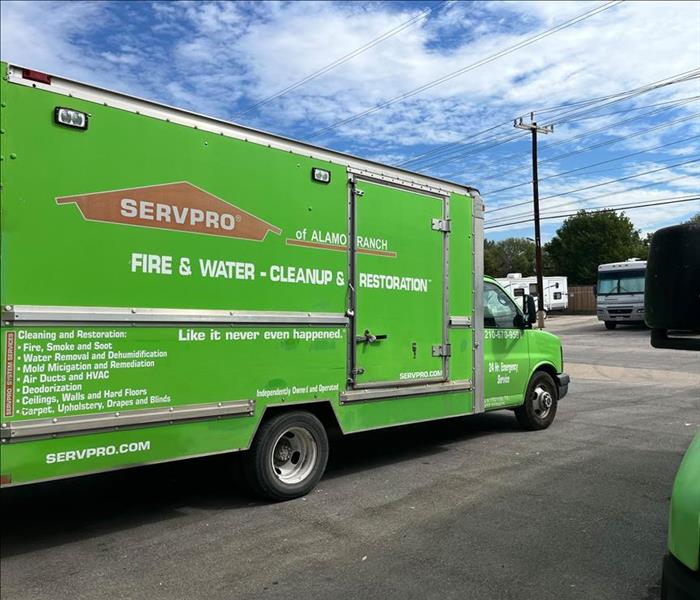After the Flood: Returning Home
10/17/2023 (Permalink)
After experiencing a flood, it's crucial to prioritize safety and not rush back into your home without proper assessment. Flooding can compromise a home's structural integrity, putting you at risk of accidents or injury if precautions are not taken. This blog post will guide you through the essential steps of checking your home's structural integrity after a flood to ensure a safe return.
Do Not Re-enter Until Given the All-Clear
Before entering your home, make sure you receive the all-clear from local authorities or professionals who can assess the safety of the building. Floodwaters can weaken foundations, compromise walls, and create hazardous conditions that may not be immediately apparent.
When entering your home, always wear protective gear to safeguard yourself from potential hazards. This includes waterproof boots, gloves, goggles, and a face mask to protect against contaminants that may be present in floodwater.
Inspect Exterior Walls
Begin your assessment by inspecting the exterior walls of your home. Look for cracks, visible damage, or signs of shifting in the foundation. Pay close attention to areas where water may have accumulated around the base of the house.
Thoroughly examine the interior walls and floors for any signs of damage or shifts. Look for cracks, bulges, or areas where the wall appears to be sagging. Pay attention to uneven floors or areas where there is an unusual amount of moisture or mold.
Assess the Roof Structure
Inspect the roof structure for any visible damage, missing shingles, or other signs of compromise. Look for water stains or sagging areas on the ceiling, as these can indicate water intrusion that may affect the structural integrity of your home.
Inspect Electrical and HVAC Systems
Water can pose serious risks to electrical and HVAC systems. Before turning on any electrical power or your HVAC system, have a professional inspect and assess the components for water damage. Attempting to use compromised systems can lead to electrical shocks or fires.
Exercise caution around stairs, balconies, and other structural elements in your home. These areas may be weakened by the floodwaters and can pose a significant risk if not addressed. If you notice any instability or damage, avoid using those areas until they have been properly evaluated and repaired. If you have any doubts about your home's structural integrity, it is highly recommended to consult with professionals. Engage the services of a structural engineer, a building inspector, or a water damage restoration company to conduct a thorough assessment and provide expert guidance.
Remember, your safety and the safety of your family should be the top priority after a flood. Don't rush the process of returning to your home, and don't hesitate to seek professional help when needed. By conducting a careful inspection of your home's structural integrity, you can ensure a safe and secure living environment as you navigate the post-flood recovery process.





 24/7 Emergency Service
24/7 Emergency Service
